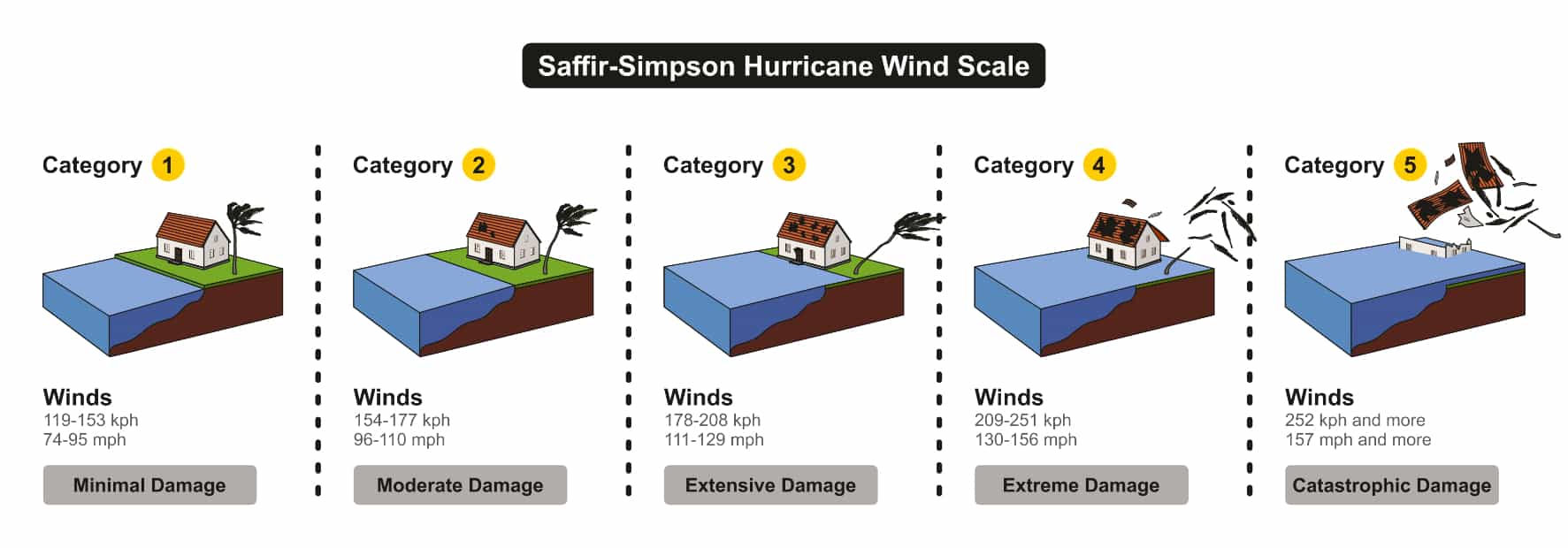Hurricane Readiness

Before the storm arrives, check to see that flashlights, emergency generator, battery-operated radios and other equipment are in working order.
When the storm hits, turn off all appliances except for lights. This reduces the chance of overloading circuits when power is restored. If you are in the direct path of the storm, assume you will be without power for some time. And of course, stay away from any downed power lines. After the storm, crews will work around the clock to restore power, but their first concern is to restore service to emergency radios, hospitals, utilities, and transportation systems.
Call YEC immediately if you see sparking power lines, and call if your house is the only one on your block without power.
Hurricane preparedness checklist:
- Access information regarding flood stage data for area streams and waterways.
- Note the elevation level of your own home.
- Inquire as to the potential for inland flooding and storm surge.
- Check with emergency management officials for low points and flooding history and plan an escape/evacuation route accordingly.
- Protect windows and other glass by boarding up or shuttering large windows securely.
- Tape exposed glass to reduce shattering and place coverings around doors to protect against flying glass.
- Keep battery-operated radios or televisions tuned for accurate information.
- For more hurricane tips, visit Ready.gov/hurricanes
About Hurricanes
The 74–160 mph winds of a hurricane can extend inland for hundreds of miles. Following a hurricane, inland streams and rivers can flood and trigger landslides. As a hurricane approaches, the skies darken and the winds will grow in strength.

Hurricanes are categorized by intensity on a scale of 1 to 5 with the following characteristics:
| Category | Wind (mph) | Storm Surge (feet) |
|---|---|---|
| I | 74–95 | 4–5 |
| II | 96–100 | 6–8 |
| III | 111–130 | 9–12 |
| IV | 131–155 | 13–18 |
| V | 156 plus | 19 plus |
